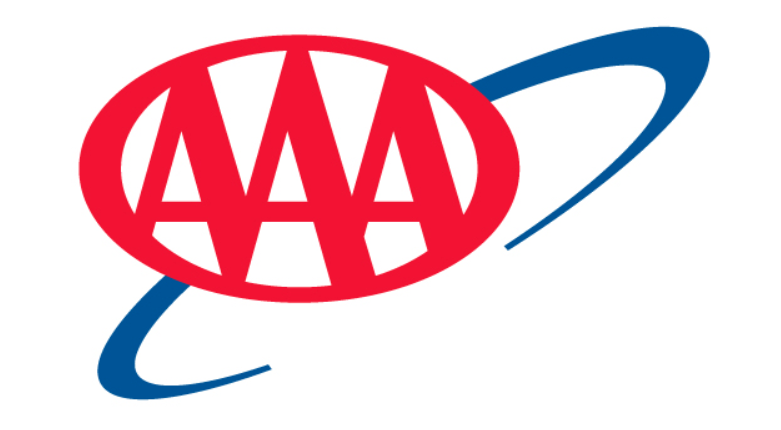We’ve all got an extra hour (according to the clock, anyway) this Sunday, which may mean darker mornings and will mean a bit more danger on the road, so be careful, AAA Northeast warns.
Here’s a news release from the organization reflecting research showing a spike in traffic accidents (important to know for drivers and pedestrians) in the two weeks after the time change; and if accidents are up at that particular time, you know they’re likely to be up at other times:
When daylight fades and darkness looms, motor vehicle and pedestrian crashes on Connecticut roadways spike after Daylight Saving Time (DST) takes effect.
 So, drivers and pedestrians alike: beware of the 5 to 6 p.m. weekday ‘witching’ hour, warns AAA Northeast. DST ends Sunday, Nov. 3 this year and begins again on March 8, 2020.
So, drivers and pedestrians alike: beware of the 5 to 6 p.m. weekday ‘witching’ hour, warns AAA Northeast. DST ends Sunday, Nov. 3 this year and begins again on March 8, 2020.
To call attention to National Drowsy Driving Prevention Week (November 3 – 10), AAA Northeast analyzed 2018 crash data from the UCONN Crash Data Repository, comparing the number of motor vehicle and pedestrian-related crashes in the two weeks before and after Daylight Saving Time ended and found:
—Statewide, the number of motor vehicle crashes between 5 to 6 p.m. increased by 159% in the two weeks after “fall back” compared with the two weeks before.
—Pedestrian crashes from 5 to 6 p.m. also more than doubled in the two weeks after DST ended.
“With time changes, come greater risks,” said Fran Mayko, AAA Northeast spokeswoman. “Driving in the dark poses many more hazards so drivers need to be especially attentive on the way home from work.”
Concentration, attention, and decision-making could be affected by time changes, she said.
“Even though we feel we’re getting an extra hour of sleep, our internal body clocks are affected.” Mayko added. “It’s important drivers prepare and make lifestyle adjustments.”
The National Sleep Foundation reports drowsy driving is responsible for more than 6,400 US deaths annually; while the UCONN Crash Data Repository lists more than 1,500 drowsy driving-related crashes in Connecticut in 2018. However, prior research from the AAA Foundation for Traffic Safety has learned such crashes are under-reported and are much more frequent that police reports suggest.
To avoid crashes after the time change goes into effect, AAA Northeast suggests drivers:
- Follow at safe driving distances to have time to react. Understand decreased visibility affects depth perception and peripheral vision;
- Approach crosswalks and intersections with care. Check for cyclists and pedestrians before turning; anticipate pedestrians crossing mid-block;
- Adjust speed to compensate for low-light conditions; and
- Maintain vehicles so headlights, tail lights and signals work properly; replace worn wiper blades, refill fluid reservoirs.
For pedestrians, AAA suggests:
- See and Be Seen. Wear reflective gear at night;
- Walk against traffic but bicycle with traffic; and
- Cross at corners not in mid-block.

